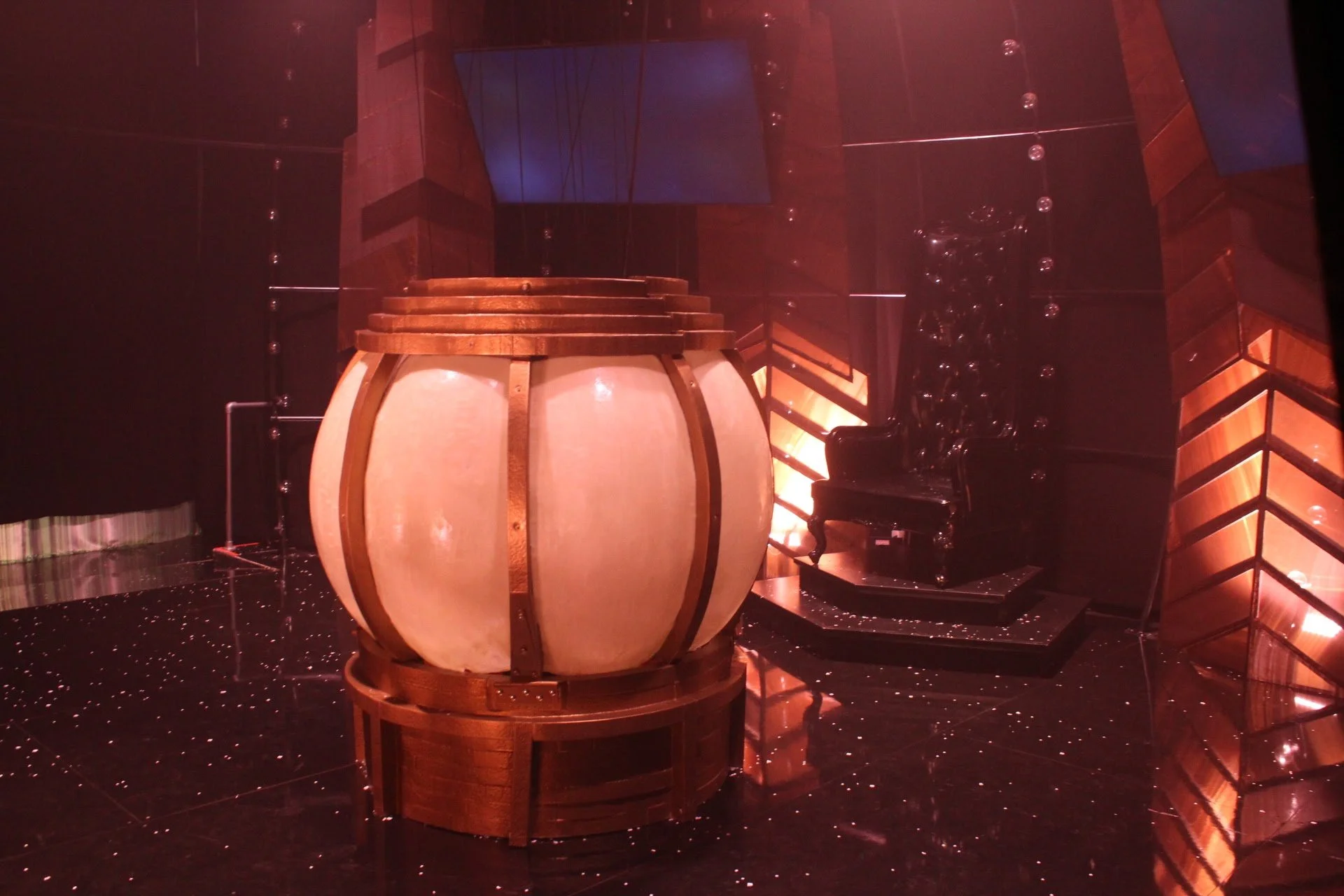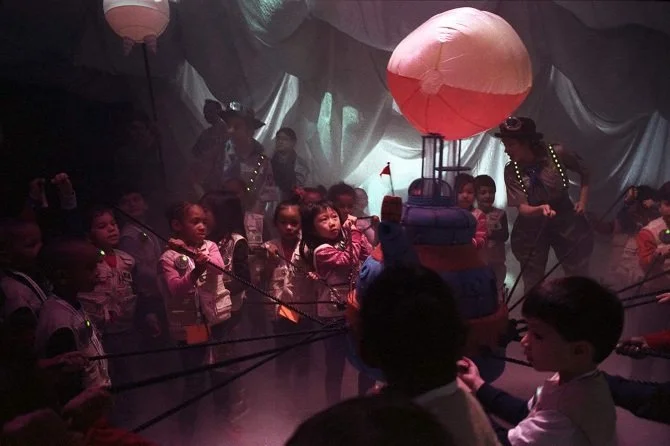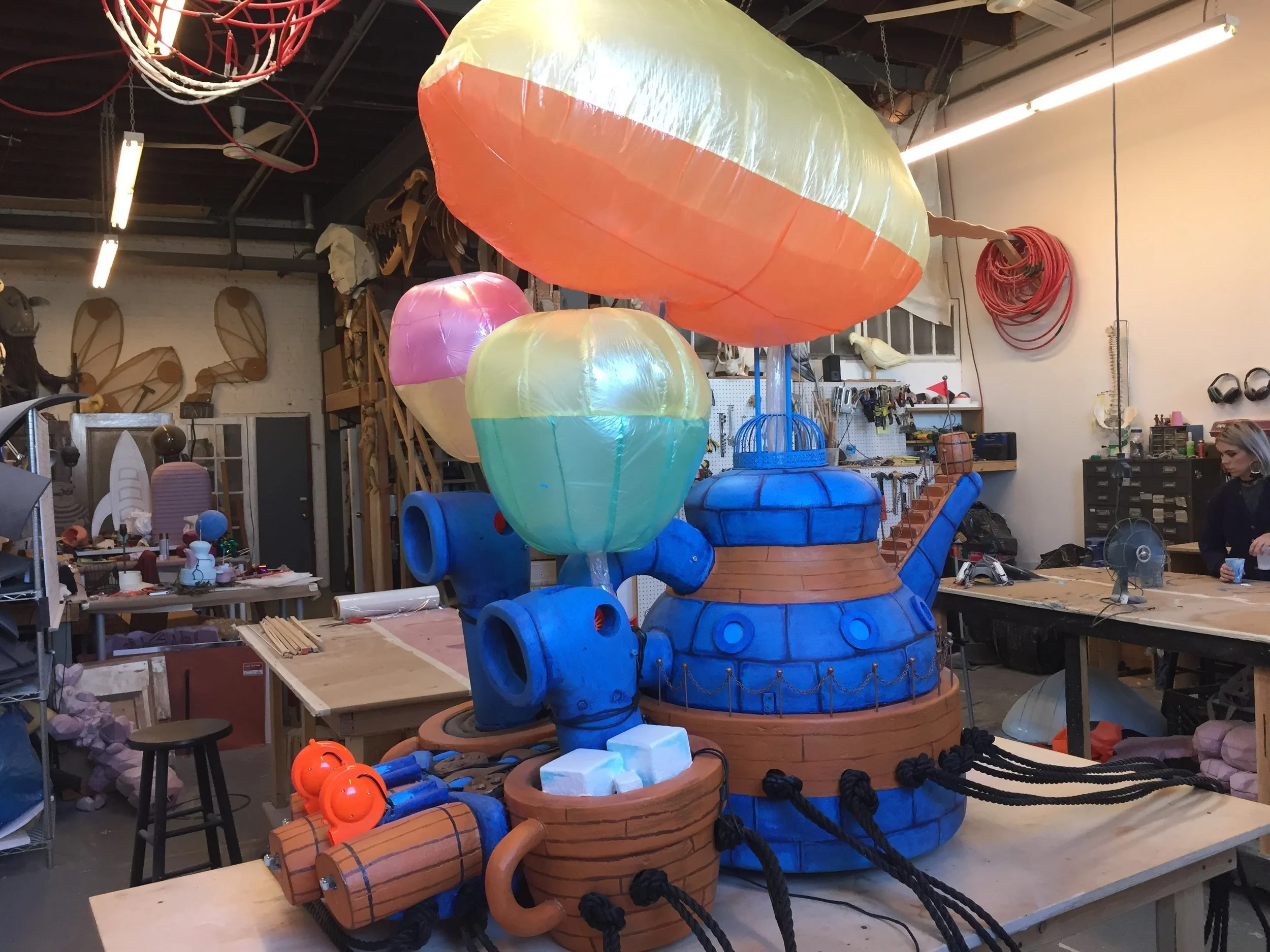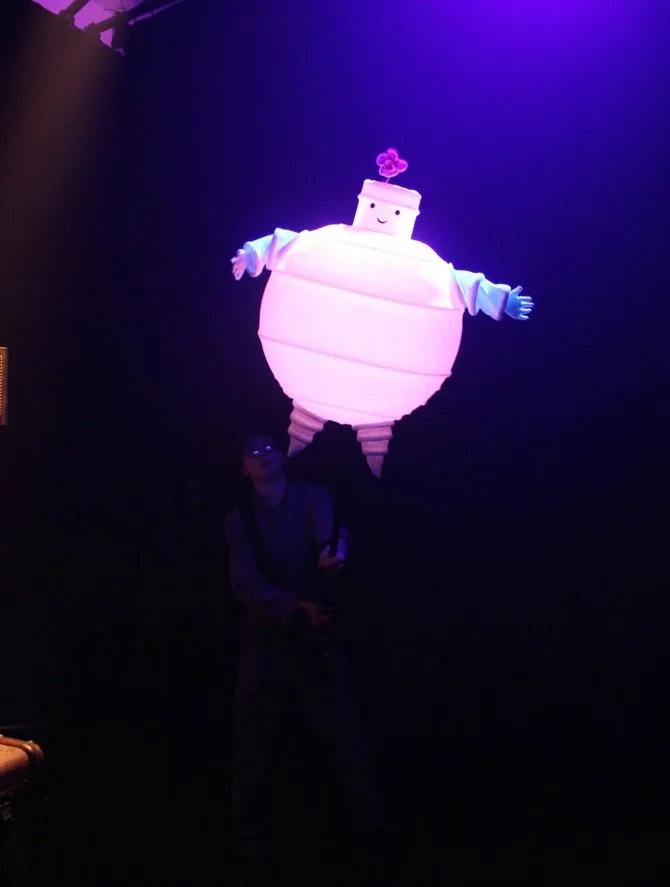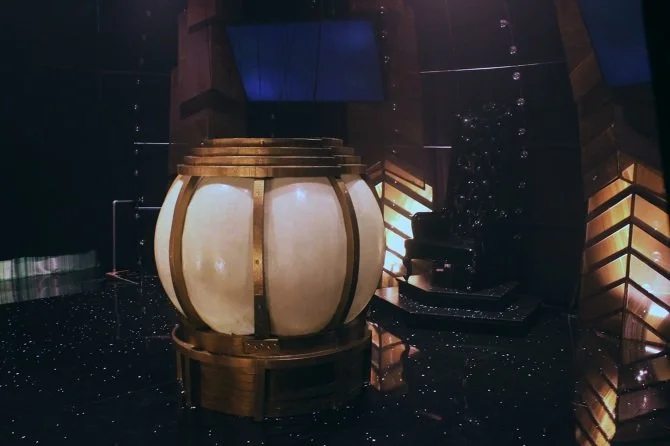Each piece had multiple user groups that we had to design for: performers & puppeteers, kids, and the stage crew. We conducted user interviews with each group to create our initial prototypes, designing for things like weight for the stage crew, ergonomics for the performers & puppeteers, and ease of interaction and maximum fun for the kids.
Once we had initial prototypes with rough materials such as cardboard and paper, we did some user testing before we began the higher level fabrication. Most of the pieces were made out of wood, foam, paint, and had electronics hidden inside to create various interactions such as the air ship pictured, has several fans that inflate the balloons once triggered by the user.
